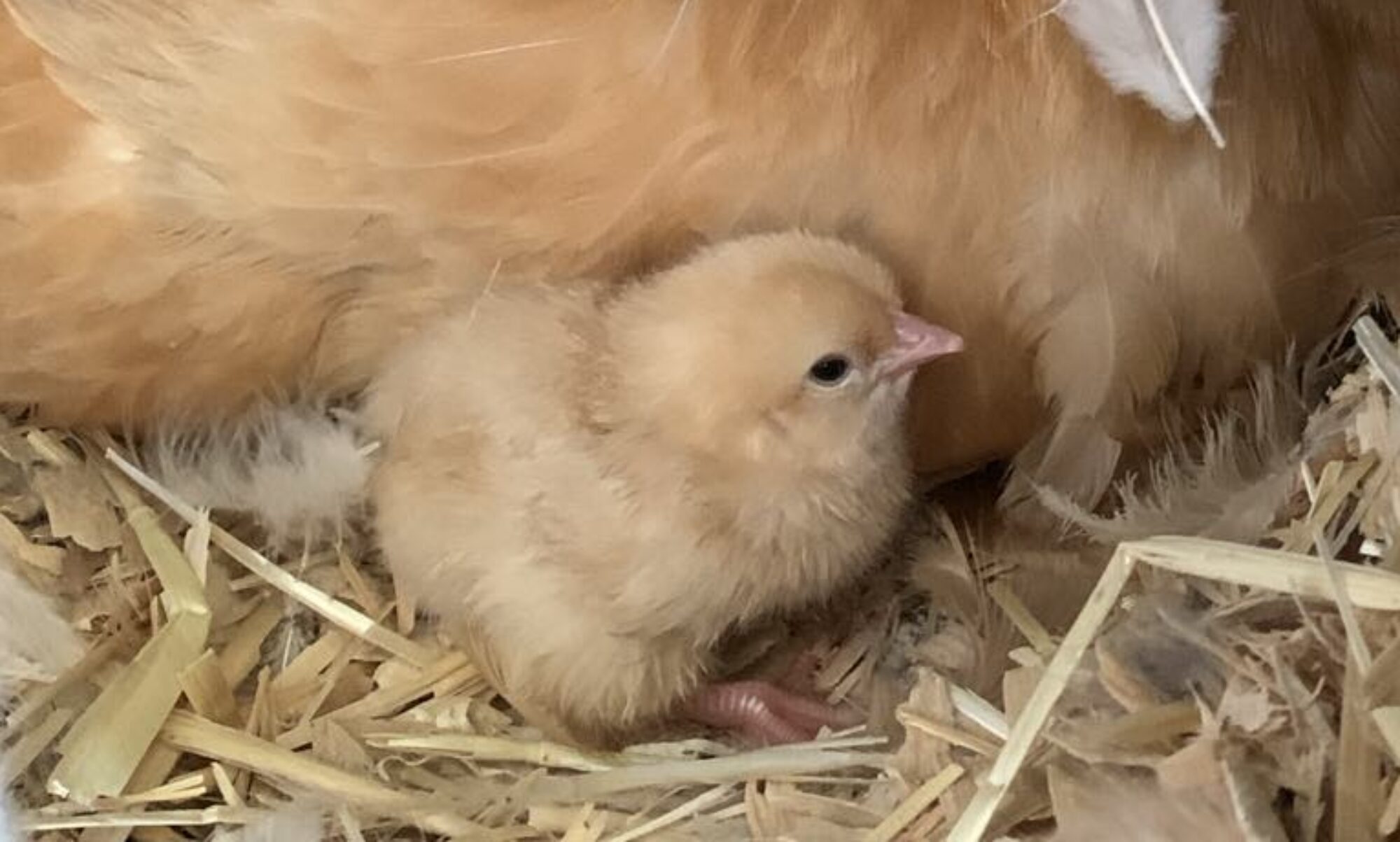
I enjoy Easter, for many reasons, one being family traditions. It’s a time to gather as families and enjoy good food, and fun activities…like coloring Easter Eggs! I remember when I was a little girl we spent one Easter at my grandma’s home. We colored eggs, the old-fashioned way. My grandma must have had a ton of onions stored in her basement. She collected the dried, brown onion skins which we wrapped around uncooked eggs. We tied thread around them to hold the skins in place and then hard-boiled the eggs in a pan of water on the stove. The result was beautiful yellow eggs with brown marbling. The most memorable part was just spending time with my grandma. Coloring Easter Eggs with my kids was always a fun time, albeit a little messy maybe, but a time filled with laughs and giggles and ah’s as they created some awesome design on an egg. We experimented with different store bought and homemade coloring kits. A favorite was always drawing pictures or writing names on the eggs with a wax crayon before dipping them in the egg dye. The wax repels the coloring and your drawing shows up easily on the colored egg.
I would like to share three easy, home-grown methods of coloring eggs. I can’t take credit for coming up with the ideas, but I have tried them and they were fun, easy, inexpensive and I was pleased with the results. Start with white or light colored hard-boiled egg. To make peeling easy with even the freshest of eggs, I hard-boil my eggs in the pressure cooker on high for 9 minutes, then quick release and run eggs under cold water.

Technique #1) Dump 1/4 cup of rice into a zip lock bag. Add 15 – 20 drops of liquid food coloring and mix. Put a hard-boiled egg into the bag, zip it shut and gently toss your egg. This seems like it would be a good one for young kids, and not real messy. Once desired results are achieved, remove the egg from the bag, set it on a paper towel for a few minutes to dry, then wipe of any excess rice. The result is a kind of fun textured pattern on your egg. You might have to add additional food coloring if you do more than just a few eggs, but they dry quickly and then you just toss the ziploc in the garbage. Not a lot of dirty cups to wash.


Technique #2) This is a variation of the shaving cream, food coloring tie-dye effect. Spread some whipped cream on a cookie sheet and add some drops of food coloring.

Swirl it gently with a fork. Don’t mix too much or the colors will combine and you will end up with muddy colors.

Roll your eggs through the colors and then set on a paper towel to dry. I let mine dry for about 1/2 hour, then rinsed off the whipped cream. The result was beautiful, pastel, tie-dyed eggshells.

Technique #3) Onion skin dyed eggs. Wrap a raw egg in the outer layer of onion skins and secure with thread or twine. Place in a pan on a stove and boil for 20 minutes or until hard-boiled. Place in cool water and remove onion skins.

I had a purple onion and a brown onion. The result for both was yellow colored eggs. The brown onion had brown marbling and the purple onion skin had some blue marbling.

I know that some chicken owners are lucky and have hens that do all the egg coloring for them, but for those of us who don’t, I hope that you give some of these fun egg coloring techniques a try. Let me know of any fun egg coloring techniques that are a tradition in your family. Above all, have an enjoyable holiday with family and friends!














